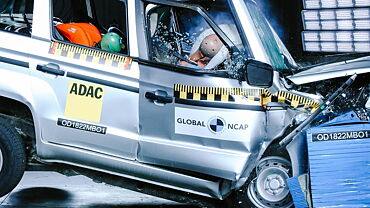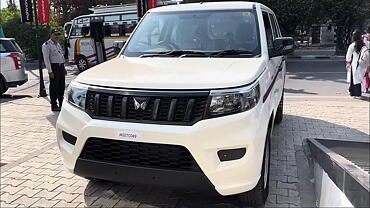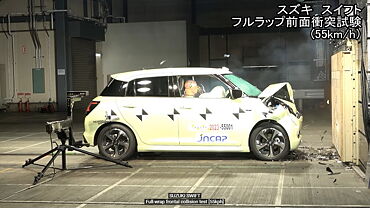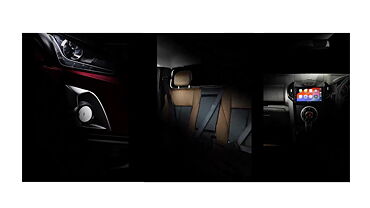If you are reading this, then you’ve surely had enough interaction with automobiles to know that each one of them has a transmission (or a gearbox) as it is popularly known. But not all of them are made the same. So if you’d like to know how car transmission works and the different types of them commonly available today, then read on
Cars in India have traditionally been sold with a manual gearbox fitted to them. Robust and relatively simple, these are also among the oldest of their type (in their basic functioning) in existence. Typically speaking, a manual transmission comprises of a gear shifter. This is connected to linkages which in turn are connected to the various gear ratios. Through the shifter, one can select between the given gears (gear ratios) to operate the car. While modern India were introduced to cars with four-speed transmissions, it is the five-speed transmissions that went on to become popular. Many of the present day offerings, even go on to include six-speed transmissions in their cars. Irrespective of the number of forward gears, every car includes a reverse-gear.
There are of-course other car transmission types as well, with each of them typically doing away with the human element in the operation of the clutch that’s mandatory in a manual transmission vehicle. Let’s come take a closer look at how they go about do that:
In automatic transmission systems, an on-board computer, a torque converter and hydraulics combine to ensure that the gear shifts happen without the driver operating the clutch or the gear shifter. In-fact, there is no clutch pedal in automatic transmission equipped cars. All the driver has to do is move the shifter into Park, Neutral, Drive or Reverse as per need and the rest is taken care of by the electronic systems.
Automatic-Manual transmission or AMT is today common-speak when referring to cars in India. Everything from the humble Nano to mid-range sedans like the Maruti Ciaz is being offered with an AMT transmission option. Like the automatic transmission, there is no clutch pedal to be operated here as well. An electro-mechanical system involving a processing device, multiple sensors and actuating valves together with advanced pneumatic operations is used instead.
There is a fourth transmission type as well on the ‘know how car transmission works’ list and that is the Continuously Variable Transmission. CVT’s instead use a rubber or metal belt that runs over pulleys to continuously vary the gear ratios vis-à-vis the engine load and the desired vehicle speed.
Each transmission option has its pros & cons. It all boils down to personal choice & how much you’re willing to pay for it.



























